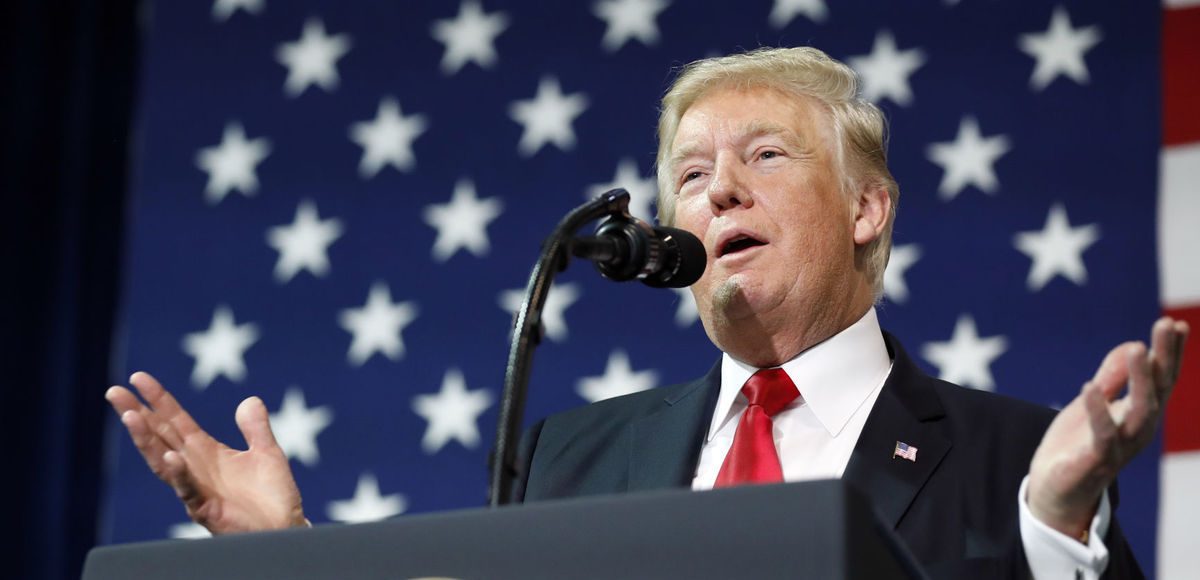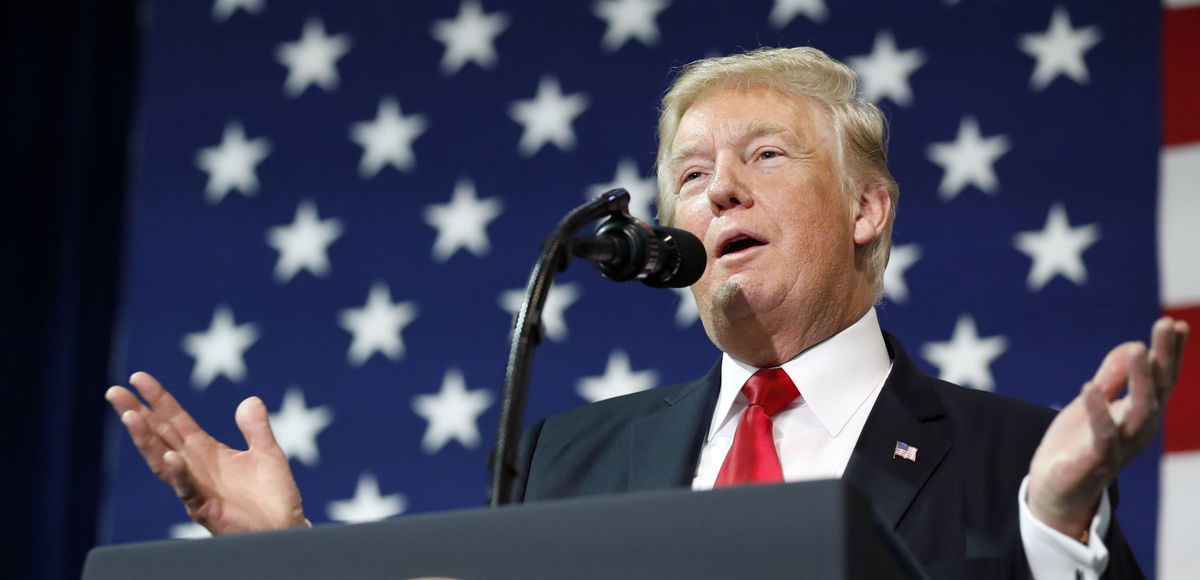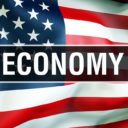

President Donald Trump speaks about tax reform, Wednesday, Aug. 30, 2017, at the Loren Cook Company in Springfield, Mo. (Photo: AP)
Regional Federal Reserve forecast models project the U.S. economy to grow by 3% or higher in the fourth quarter (4Q) 2017. If the 4Q forecasts are matches or exceeded, it’ll mark the third straight quarter of economic growth at or above 3% since 2004.
The Federal Reserve Bank of New York is forecasting 4Q GDP to grow at 3.67% as of November 24, down slightly from the 3.82% forecast on November 17. The Atlanta Federal Reserve’s GDPNow model forecast is at 3.4% as of November 22, unchanged from November 17.
Worth noting, the actual GDP growth rate released by the Bureau of Economic Analysis (BEA) topped these forecasts in the second and third quarters of 2017. With the White House pushing for tax reform before Christmas, the action or inaction of Congress weighs heavily on future economic performance.
“What the economists and market strategists have totally underestimated in their GDP forecasting is the positive effect from the multi-agency regulatory roll back from the Trump Administration,” TJM Investments analyst Tim Anderson said. “This has led to a record high level of business confidence indicators and most recently the highest level of industrial production in 3 years.”
Mr. Anderson is in part referring to what is known as a Congressional Review Act (CRA), a tool used by the Trump Administration to unravel regulations put in place by his predecessor. President Trump also signed an executive order requiring agencies to rollback 2 regulations for every new one they created.
The window for using the CRA closed in early May. However, President Trump and congressional Republicans made historic use of it.
The 21-year-old law that created CRAs, a fast track for reversing “midnight rules” finalized within the last 60 days of a presidential administration, had been used only once before the Trump Administration.
Republicans had hoped for 6 to 12 rollbacks, but were successful in 14 of their 15 attempts. It saved the U.S. economy billions. Their final attempt, an effort to roll back a methane emissions rule that punishes oil and gas production on federal lands, failed when Republican Arizona Sen. John McCain surprised his party leaders by voting against the repeal.
The American Action Forum, a conservative-leaning think tank, estimated repealing the rules saved the economy millions of hours of paperwork, $3.7 billion in regulatory costs and upwards of $35 billion in compliance costs for U.S. industry.
In March 2016, the St. Louis Federal Reserve revisited their GDP projections for the next 10 years, which initially expected no more than an average 2.2% annual rate over the next decade. But they didn’t change it at the time and it was rosier than the historically underperforming 2.0% annual rate projected by the Congressional Budget Office (CBO).
Neither appear to be realistic if the U.S. returns to its post-World War II average growth rate. But the U.S. economy had underperformed against that average over the last 8 years.
In 2014, even a strong 2Q (4.6%) and 3Q (5.2%) growth rate couldn’t offset the contraction in the 1Q and returned weakness in the 4Q (2.0%), bringing the annual rate to 2.7%. If the 4Q for 2017 comes in at the lower end of the regional Federal Reserve forecasts, roughly 3.4%, the first year under President Trump will either match or exceed the strongest year under Barack Obama.







